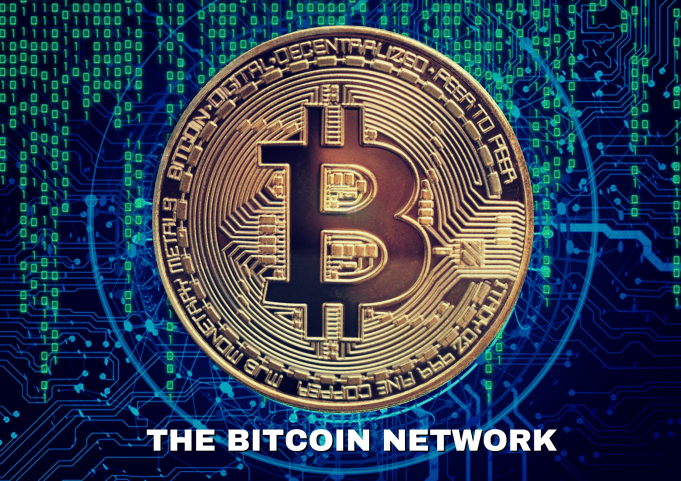The Bitcoin network is a decentralized, censorship-resistant system that is made possible by its network of computers and devices, known as nodes. Each node carries out different functions, and these fall into different categories: full nodes, supernodes, miner nodes, and SPV clients.
The most important of these are full nodes, as they are the ones responsible for providing security and trust to the Bitcoin network. They accomplish this by verifying transactions and blocks against the consensus rules of the system. Interestingly, anyone can run a full node by using the Bitcoin Core implementation and spending some resources. However, it is good to note that the full node does not provide any financial gain to the one hosting it, but it does make the whole system safer and more reliable for the users.
On the other hand, supernodes are publicly visible yet still act as a full node by relaying new transactions and blocks. This makes them a redistribution point that acts both as data source and communication bridge. As such, supernodes will require more computational power and a better internet connection in order to function properly.
Miner nodes are used to mine new Bitcoin blocks and are the ones receiving financial reward for it. A miner node is a full node that connects to the Bitcoin interface, but instead of validating transactions, it uses its computational power to generate new blocks.
Finally, SPV clients are the lightweight version of full nodes, as they don’t need to keep a copy of the whole blockchain. These types of nodes rely on supernodes to provide them with the transaction’s data and then check if that data is added in the blockchain or not.
In conclusion, Bitcoin nodes are essential to the system and come in different forms that each serve a different purpose. Full nodes are the most important as they provide security, trust and privacy to the Bitcoin network, but it is also important to note that miner nodes provide the financial reward to miners, and that supernodes and SPV clients are also necessary to keep the system running. Therefore, understanding the different types of nodes is instrumental to take advantage of all of the security and trust that come with using the Bitcoin network.













